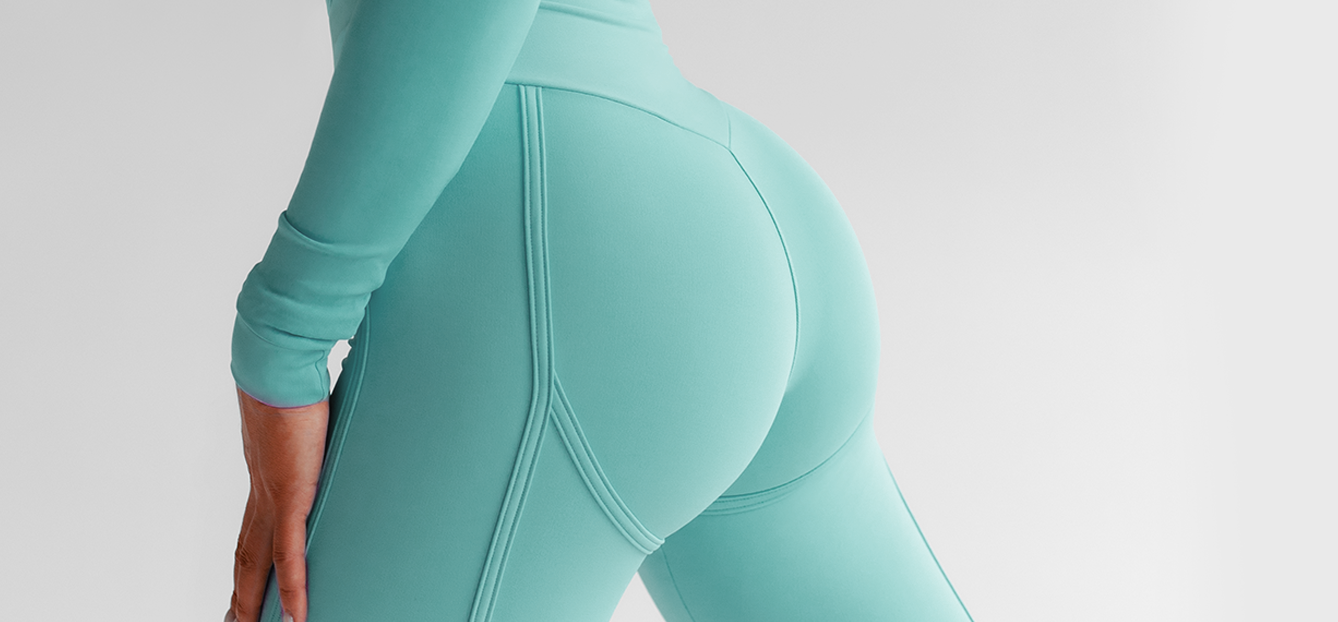Is Keratosis Pilaris a Rash? Understanding the Skin Condition
As a beautician, understanding the intricacies of various skin conditions is essential to providing the best care for your clients. One condition that often raises questions is keratosis pilaris. Many individuals wonder, 'Is keratosis pilaris a rash?' While it may appear rash-like, keratosis pilaris is a unique skin condition with distinct characteristics. In this article, we'll delve into what keratosis pilaris is, its causes, and how beauticians can help their clients manage it effectively.

What is Keratosis Pilaris?
Keratosis pilaris is a common skin condition characterized by small, rough bumps on the skin, typically appearing on the arms, thighs, cheeks, and buttocks. These bumps are often flesh-colored or red and can feel like sandpaper. The condition occurs when an excess of keratin, a protein that protects the skin, hair, and nails, builds up and blocks hair follicles. This results in the formation of the characteristic bumps.
Although it may resemble a rash, keratosis pilaris is not caused by inflammation or infection, distinguishing it from true rashes. It's a benign condition and is not contagious, but it can be a cosmetic concern for many individuals.
Causes of Keratosis Pilaris
The exact cause of keratosis pilaris is not fully understood, but it is believed to have a genetic component. It often runs in families, suggesting a hereditary link. The condition is more common in individuals with dry skin or eczema. The buildup of keratin that leads to keratosis pilaris is thought to be due to a malfunction in the skin's natural exfoliation process.
Environmental Factors
Environmental factors can also play a role in the manifestation of keratosis pilaris. Cold, dry weather can exacerbate the condition, leading to more pronounced bumps. This is why symptoms often worsen during the winter months. Additionally, improper skin care routines that do not adequately moisturize the skin can contribute to the development and persistence of the condition.
How Beauticians Can Help
As a beautician, there are several ways you can assist clients dealing with keratosis pilaris. Educating clients about the condition is the first step. Many people are unaware that the bumps they experience are due to keratosis pilaris and not a rash. By providing information, you can help alleviate their concerns.
Exfoliation and Moisturization
One of the most effective ways to manage keratosis pilaris is through regular exfoliation and moisturization. Recommend gentle exfoliating products that contain alpha hydroxy acids (AHAs) or beta hydroxy acids (BHAs) to help remove dead skin cells and prevent the buildup of keratin. Following exfoliation, a rich, hydrating moisturizer can help keep the skin soft and smooth.
For more detailed tips, consider exploring this article that discusses effective shaving routines for managing keratosis pilaris.
Professional Treatments
In cases where at-home treatments aren't providing the desired results, professional treatments such as chemical peels or microdermabrasion can be beneficial. These treatments can help improve the texture of the skin and reduce the appearance of bumps. Always ensure that clients consult with a dermatologist before undergoing any professional treatment for keratosis pilaris.
For more insights into professional treatments, check out this resource from the Mayo Clinic.

FAQs About Keratosis Pilaris
Is keratosis pilaris permanent?
While there is no cure for keratosis pilaris, the condition often improves with age. Many people notice that the symptoms lessen over time, especially as they reach adulthood.
Can keratosis pilaris be prevented?
Since the exact cause of keratosis pilaris is not fully understood, prevention can be challenging. However, maintaining a consistent skincare routine that includes regular exfoliation and moisturization can help manage the condition and reduce the appearance of bumps.
Is keratosis pilaris itchy?
In some cases, keratosis pilaris can be mildly itchy, but it is not a defining characteristic of the condition. If itching occurs, it is often due to dry skin rather than the keratosis pilaris itself. For more information on this topic, you can read this article.
Understanding keratosis pilaris and its management is crucial for beauticians aiming to provide comprehensive skincare solutions. By staying informed and utilizing effective strategies, you can help your clients achieve smoother, healthier-looking skin.

